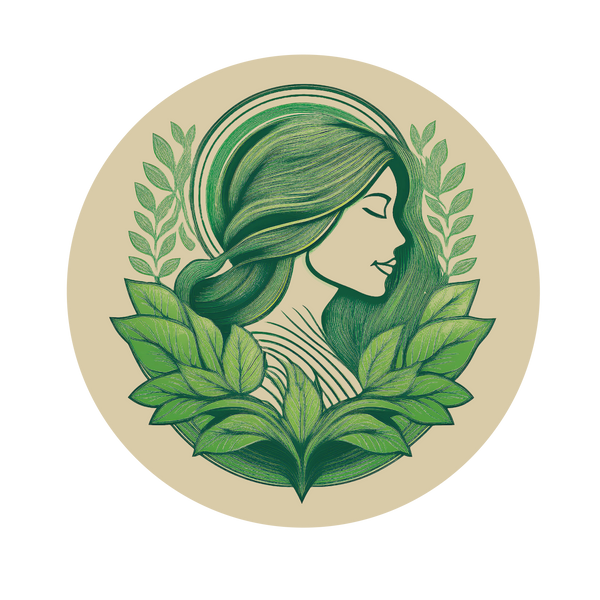
Why the Right Soil is so Important
Share
Gardening is an art, a patient, loving practice that enhances the harmony between nature and man. One of the most important aspects of successful gardening—and perhaps the most overlooked—is choosing the right soil. Whether you’re a seasoned gardener or just starting to plant your first green friends, the soil you choose will greatly determine the success of your plants. Here, we delve into the crucial role of the right soil and how to best make that choice.
Why the Right Soil is so Important
Soil is much more than just the medium in which your plants grow. It is the lifeblood of your garden. The right soil provides your plants with essential nutrients, regulates water intake, provides root support, and helps ward off disease. In fact, using the wrong soil can prevent even the healthiest plant from flourishing.
Nutrients and pH Balance: Soil contains a mixture of minerals, organic matter, and living organisms that are essential for plant growth. Depending on the plants you’re growing, the right mix of nutrients and pH (acidity) can be crucial. For example, acid-loving plants like rhododendrons need more acidic soil, while other plants thrive in neutral or slightly alkaline soil.
Water Management: The texture of the soil plays a big role in how water is retained or drained. Sandy soils allow water to drain quickly, which can be good for plants that don’t like wet feet. Clay soils, on the other hand, hold onto water for longer, which can be helpful during dry spells but can lead to root rot in plants that need more drainage.
Air circulation and root development: A well-aerated soil is essential for healthy root development. Heavy, compact soil can suffocate roots, while well-draining soil allows roots to breathe and grow freely.
How to Choose the Right Soil?
Choosing the right soil starts with understanding your plants’ needs and evaluating the type of soil in your garden or pots. Here are some steps to get you started:
-
Know your plants: Not all plants have the same soil requirements. Do some research on the plants you want to grow. Find out if they need acidic or alkaline soil, if they prefer well-drained soil or moisture-retentive soil, and if they need extra nutrients like nitrogen, phosphorus, or potassium.
-
Test your soil: It’s a good idea to test the soil in your garden before you start planting. You can do this with a simple soil test kit that measures pH, nutrients, and texture. This will give you a good idea of what you have and what you may need to adjust.
-
Choose specialized soil: For specific plants or garden projects, it may be wise to use specialized soil. For example, a potting soil specifically for bonsai such as the Pokon Potgrond Bonsai provides the ideal mix of ingredients such as peat litter, clay, volcanic rock and lime that these delicate plants need to grow healthily.
-
Ground Covers for Protection: Consider using ground covers such as Culvita's Premium French Bark to protect the soil from drying out, reduce weed growth, and add a decorative touch to your garden.
Important Guidelines for Most Products
When selecting soil products for your garden or potted plants, follow these key principles:
-
Drainage: Make sure the soil provides adequate drainage, especially for potted plants. Choose a potting soil with an airy structure, such as a mixture with perlite or sand, for plants that are prone to root rot.
-
Feeding: Choose soil that has already been enriched with organic fertilizers if you're looking for convenience, or add compost or manure to the soil yourself for extra nutrients.
-
pH: Check the pH of the soil and adjust if necessary with products such as lime (to raise the pH) or sulfur (to lower the pH).
-
Specialization: For plants with specific needs, such as orchids, cacti, or bonsai, always choose a specialized potting soil.
Where can you find the best information?
If you are unsure about which soil is best for your plants, there are several ways to get reliable information:
- Ask the experts: Visit local garden centers or DIY stores where knowledgeable staff can advise you.
- Read the packaging: Many potting soil products, such as those from PlantenMoeder's Groene Grondslagen, have detailed descriptions on the packaging.
- Find information online: There are plenty of reliable resources online where you can learn about different types of soil and which one is best for your garden project.
Conclusion
The soil you choose for your plants is crucial to their health and growth. By understanding your plants’ needs and selecting the right soil, you’ll lay a solid foundation for a lush, thriving garden. Remember to always monitor your soil’s pH, nutrients, and drainage, and don’t be afraid to ask for advice when you need it.
Happy gardening!
